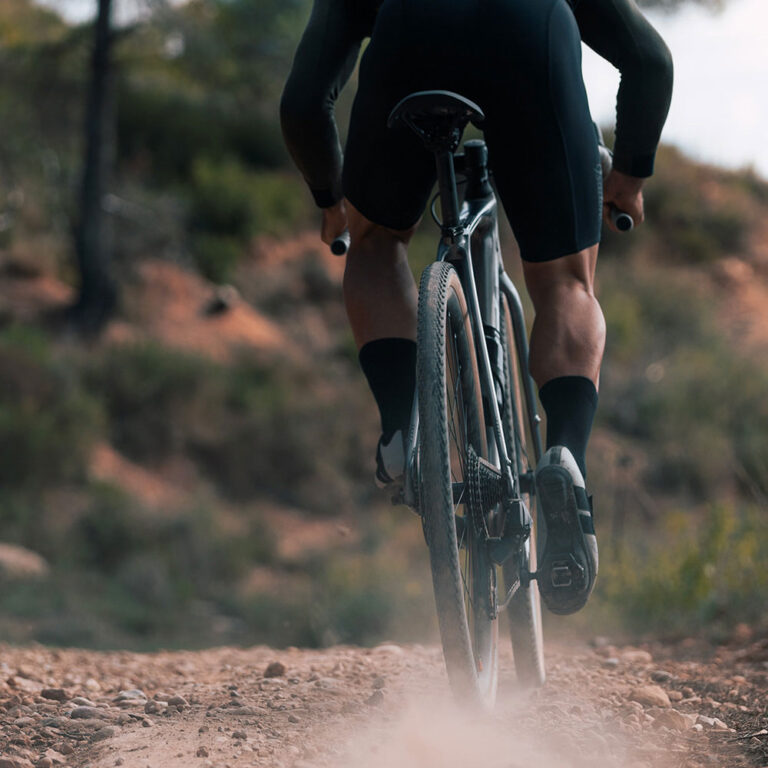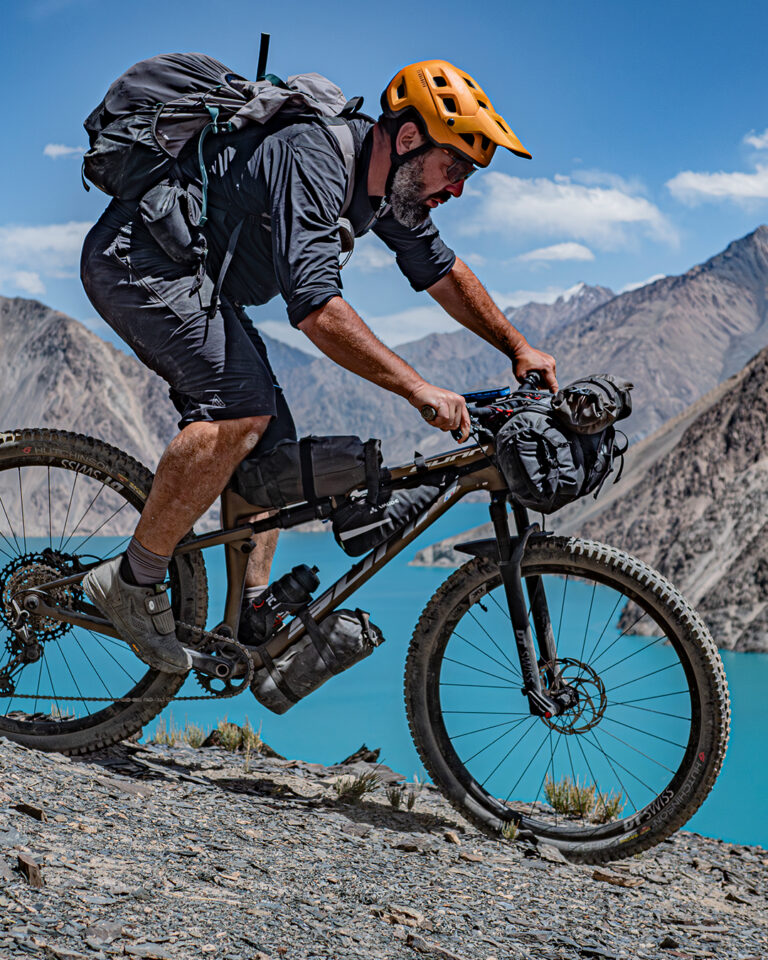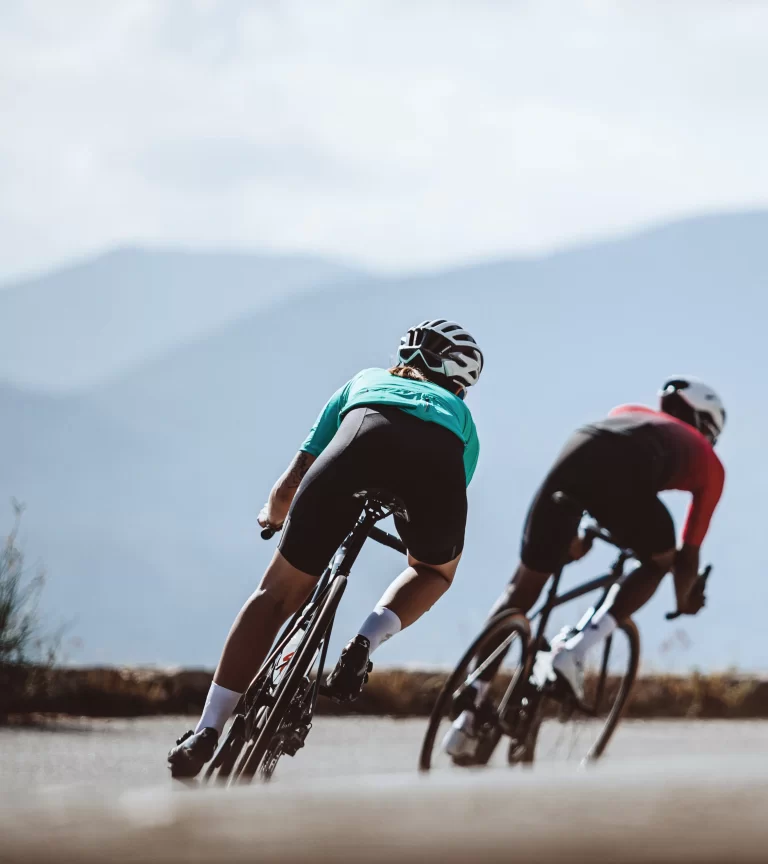The Role of Saddle Flexibility in Gravel Biking: Enhancing Comfort and Performance

Key Point Summary of The Role of Saddle Flexibility in Gravel Biking:
- Understanding Saddle Flexibility: Exploring how flexibility in a saddle impacts your ride, especially in gravel biking.
- Balancing Comfort and Performance: The importance of finding a saddle that provides both comfort and efficiency during long rides.
- Choosing the Right Saddle for Gravel Biking Gear: Tips on selecting a saddle that suits your specific gravel biking needs.
As an experienced cyclist with a background in racing and riding across multiple disciplines, including mountain, gravel, and cyclocross biking, I’ve gained a deep understanding of the importance of every bike component, particularly the saddle. In the world of gravel biking, where diverse terrains and extended hours in the saddle are the norms, the flexibility of the saddle becomes crucial for ensuring both comfort and performance. Drawing from my experiences, I’m eager to impart my knowledge about the significance of saddle flexibility, aimed primarily at beginner to mid-level cyclists.
Understanding Saddle Flexibility in Gravel Biking
The Role of Flexibility
Saddle flexibility refers to how much the saddle can adapt to your movements and the terrain. In gravel biking, where uneven terrains are common, a more flexible saddle can absorb shocks and vibrations, reducing fatigue and discomfort.
Material and Design
Saddles come in various materials, each offering different levels of flexibility. For instance, carbon fiber saddles tend to be lighter and more flexible, while those made of steel or aluminum might offer less give but greater durability.
For a gravel ride, where comfort and adaptability to varying terrains are key, here are some top picks for saddles that offer flexibility:
- Brooks Cambium C17: This saddle is favored for its natural flexibility and durability, making it a great choice for rough gravel roads. Its unique combination of vulcanized rubber and organic cotton canvas provides excellent vibration absorption.
- Specialized Power Saddle: Designed to adapt to your body, this saddle reduces pressure and provides support where needed, making it ideal for longer rides on varied gravel terrain.
- Fizik Terra Argo X3: Known for its short-nose design and generous cutout, the Terra Argo X3 offers comfort and flexibility, essential for dynamic movements during gravel biking.
- Fabric Scoop Pro: Available in different shapes to suit various riding styles, the Fabric Scoop Pro is known for its versatility, comfort, and lightweight design, which is beneficial for long gravel rides.
- Prologo Dimension NDR: With a short nose, wide seating area, and light padding, the Dimension NDR provides support and comfort on uneven gravel terrain, making it a suitable choice for extended gravel adventures.
These saddles are popular among gravel bikers for their combination of comfort, flexibility, and support, catering to the unique demands of gravel terrain and long-duration rides. Even top manufacturers like Fizik provide cyclists with simple tools to guide them through the process of finding their ideal saddle. Saddle comfort is subjective, so it’s advisable to test a few options to find the best fit for your riding style and anatomy.
Balancing Comfort and Performance
Personal Comfort
Comfort is subjective and varies from rider to rider. A saddle that’s too rigid may cause discomfort over long distances, while one that’s too flexible might not provide enough support, leading to inefficiency in pedaling.
Performance Considerations
The right amount of flexibility can aid in power transfer and efficiency. It’s about finding a balance where the saddle is comfortable without compromising on performance.
Choosing the Right Saddle for Gravel Biking Gear
Trying Different Options
The key is experimentation. Saddles come in various shapes, widths, and levels of padding and flexibility. Trying out different saddles is often the best way to find what works for you.
Width and Shape
The width of the saddle should match the width of your sit bones for optimal support. The shape also matters. Some riders prefer a flat saddle, while others find a curved profile more comfortable.
Cut-Outs and Channels
Many saddles feature cut-outs or relief channels. These can enhance comfort by reducing pressure in sensitive areas, which is crucial for longer gravel rides.
Adjustability
Look for a saddle that allows for adjustability. Being able to fine-tune the position can make a significant difference in comfort and efficiency.
Maintenance and Care of Your Saddle
Regularly inspect your saddle for wear and tear. Clean it with appropriate materials and check the mounting points and rails for any signs of damage or weakness.
FAQ
Why are gravel saddles wider?
Gravel saddles are wider to provide better support for the sit bones, especially important for the upright posture and varied terrain in gravel biking, leading to increased comfort over long distances.
What are the symptoms of a too narrow bike saddle?
Symptoms of a too narrow bike saddle include discomfort or pain in the sit bones, increased pressure on soft tissues, potential numbness in the legs or groin area, and difficulty finding a comfortable sitting position while riding.
What is the best posture for a gravel bike?
The best posture for riding a gravel bike is a balanced mix of comfort and efficiency, adaptable to varied terrains encountered in gravel biking. Key aspects include:
- Relaxed Upper Body: Keep your arms slightly bent, not locked at the elbows, and your shoulders relaxed. This posture helps absorb shocks from uneven terrain and improves control.
- Neutral Spine: Aim for a comfortably bent position, neither too hunched nor too upright. This reduces strain on your back and allows for better breathing and endurance.
- Slightly Forward Leaning: Lean forward just enough to distribute your weight between the front and rear of the bike. This improves traction and control, especially on loose or slippery surfaces.
- Flexible Positioning: Be prepared to adjust your body position as the terrain changes. On smoother sections, you can ride more upright for comfort. On technical sections, lean forward and lower your body closer to the bike for better stability and control.
- Weight Distribution: Balance your weight evenly over the bike. Too much weight on the saddle can reduce control on technical sections, while too much on the handlebars can cause discomfort and handling issues.
- Pedaling Position: Maintain a consistent, smooth pedaling motion. Your knees should be slightly bent at the bottom of the pedal stroke to avoid strain.
- Grip and Control: Grip the handlebars firmly but not too tightly, as a tense grip can lead to fatigue. Use a grip that allows easy access to brakes and shifters.
This posture not only helps in reducing fatigue during long rides but also enhances your ability to navigate the varied and often unpredictable terrain of gravel biking. Remember, comfort is key in endurance disciplines like gravel biking, so finding a posture that feels natural and sustainable over long distances is crucial.
Final Thoughts
In gravel biking, where the terrain can be unpredictable and rides lengthy, the role of saddle flexibility becomes increasingly crucial. It’s about finding a saddle that offers the right combination of support, comfort, and flexibility to match your individual riding style and the demands of gravel terrains. The best saddle is one that you don’t notice on the ride, allowing you to enjoy the adventure and challenges of gravel biking to the fullest.
John






